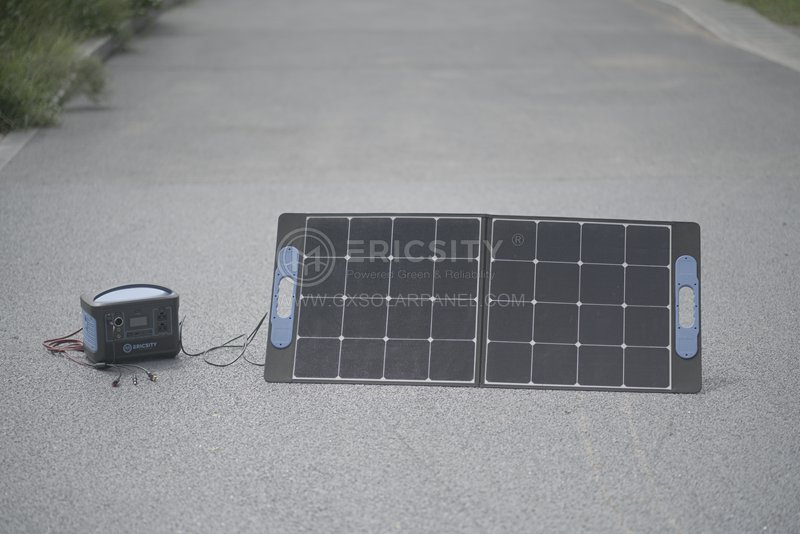HOT PRODUCT
Product Details
250w Semi-flexible Solar Panels Vs. Traditional Panels: A Comparison
250W Semi-Flexible Solar Panels Vs. Traditional Panels: A Comparison
As the demand for renewable energy continues to grow, solar power has emerged as a prominent player in the quest for sustainable solutions. With advancements in technology, solar panels have evolved, offering consumers different options to harness the power of the sun. This article aims to compare 250W semi-flexible solar panels with traditional panels, exploring their differences and highlighting the advantages and disadvantages of each.
First, let’s dive into the concept of semi-flexible solar panels. These panels, also known as thin-film solar panels, are designed to be lightweight and versatile. Unlike traditional panels, which are rigid, semi-flexible panels use a flexible material such as amorphous silicon or CIGS (copper indium gallium selenide) to capture sunlight and generate electricity. This flexibility enables the panels to conform to various surfaces, making them suitable for curved or uneven installations.
On the other hand, traditional solar panels, also called crystalline silicon panels, are composed of silicon wafers and have a more rigid structure. These panels are the most common type used in residential and commercial installations due to their efficiency and reliability over the years.
One of the significant advantages of semi-flexible panels is their lightweight construction. Traditional panels are generally heavy and require stronger mounting structures to support their weight. In contrast, semi-flexible panels can be easily installed on various surfaces, including boats, RVs, and irregularly shaped rooftops, without the need for extensive reinforcement.
Additionally, the flexibility of semi-flexible panels allows for easy transportation and storage. They can be rolled up or folded, making them convenient for portable applications. Traditional panels, on the other hand, are bulkier and less portable, requiring more careful handling.

Moreover, the aesthetics of semi-flexible panels can be appealing to some users. Their sleek design and ability to blend with curved surfaces offer a more integrated and streamlined look compared to the traditional panel’s rectangular shape. This can be a deciding factor for those wanting a visually pleasing solar installation.
Despite these advantages, semi-flexible panels have some limitations. Firstly, their efficiency is generally lower compared to traditional panels. The flexible materials used in their construction are less efficient in converting sunlight into electricity. This means that more surface area is required to generate an equivalent amount of power. Consequently, semi-flexible panels may not be suitable for customers with limited space availability.
Additionally, semi-flexible panels are more susceptible to damage and degradation. Their flexible nature makes them more vulnerable to impact, wear and tear, and efficiency loss over time. Traditional panels, being more robust and rigid, are better equipped to withstand extreme weather conditions and have a longer lifespan.

In terms of cost, traditional panels have historically been more affordable due to their established production processes and economies of scale. However, as technology advances and the demand for semi-flexible panels increases, the price gap is gradually narrowing.
Ultimately, the choice between 250W semi-flexible solar panels and traditional panels depends on the specific needs and circumstances of the consumer. If portability, flexibility, and aesthetics are paramount, semi-flexible panels offer a unique advantage. However, for those seeking maximum efficiency and longevity, traditional panels remain a reliable choice.
In conclusion, the comparison between 250W semi-flexible solar panels and traditional panels reveals a range of differences and trade-offs. While the semi-flexible panels provide convenience and flexibility, they come at the expense of lower efficiency and durability compared to their traditional counterparts. Ultimately, the decision should be based on individual requirements, available space, budget, and long-term goals.




